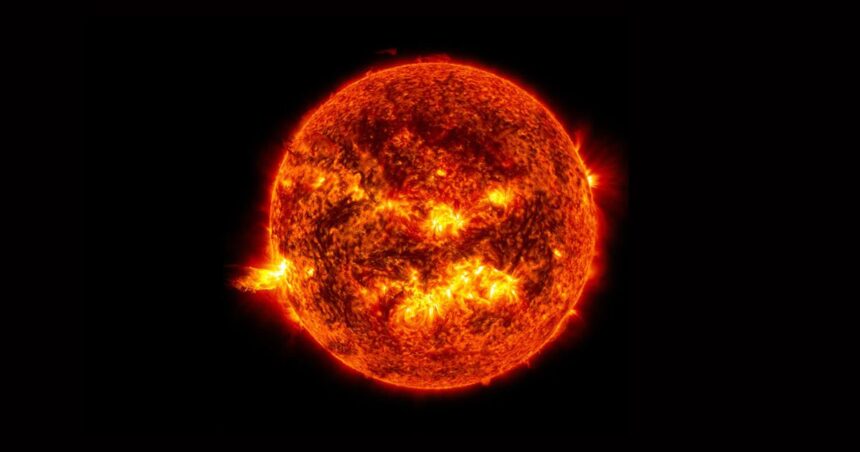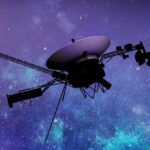Imagine using the sun as a colossal telescope. Sounds like science fiction, right? But scientists are exploring this fascinating idea. They believe the sun could help us see distant planets and stars in incredible detail.
The Solar Gravitational Lens (SGL) is the name given to this idea. It uses the sun’s gravity to bend and focus light from faraway objects. This idea isn’t new. Albert Einstein’s theory of relativity predicted it. But now, researchers are taking it seriously.
How Does It Work?
The sun is massive. Its gravity is strong enough to bend light. When light from a distant star passes near the sun, it bends and focuses. This creates a natural lens. If we place a spacecraft at the right spot, we can use this lens to see distant objects.
The focal point of this lens is about 550 astronomical units (AU) from the sun. The distance between Earth and the sun is one AU. So, 550 AU is very far. It’s beyond our solar system. But it’s not impossible to reach.
Why Use the Sun?
The largest object in our solar system is the sun. This makes it the most powerful lens we have. Other objects, like Jupiter, can also bend light. But their focal points are much farther away. The sun is our best option.
Using the sun as a lens could give us incredibly detailed images. We could see exoplanets, which are planets outside our solar system. We could even see their surfaces and atmospheres. This could help us find habitable planets.
Challenges and Solutions
Reaching the focal point is a big challenge. The only spacecraft that has gone that far is Voyager 1. It took 39 years to reach 137 AU. We need a faster spacecraft. But scientists believe it’s possible with current technology.
Another challenge is aligning the spacecraft with the sun and the distant object. This requires precise calculations. But with modern technology, we can achieve this.
Recent Studies
Recent studies have shown that using the sun as a lens is feasible. Researchers have simulated what we could see. They found that we could get images with a resolution of about 10 kilometers. This is better than what the Hubble Space Telescope can see on Mars.
One study by Viktor Toth and Slava G. Turyshev explored this idea in detail. They believe we could use the sun to study exoplanets like Proxima b. This planet is located within its star’s habitable zone. It could have circumstances that are conducive to life.
Future Missions
NASA is considering missions to explore this idea. One proposal is the “Direct Multipixel Imaging and Spectroscopy of an Exoplanet with a Solar Gravitational Lens Mission.” This mission aims to use the sun as a lens to study exoplanets.
The mission would send a spacecraft to the focal point of the sun’s lens. It would take detailed images of exoplanets. This could help us find signs of life on other planets.




